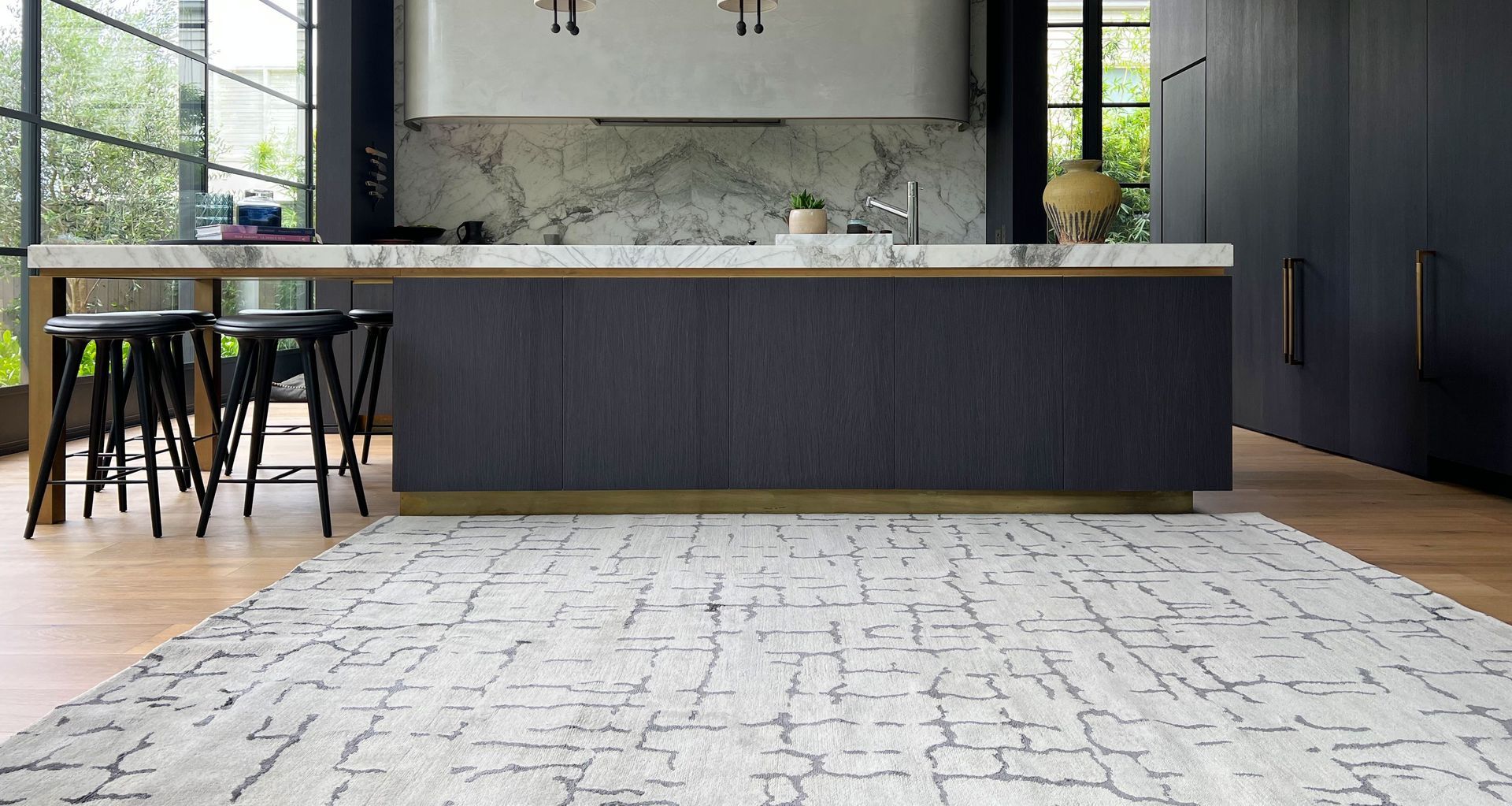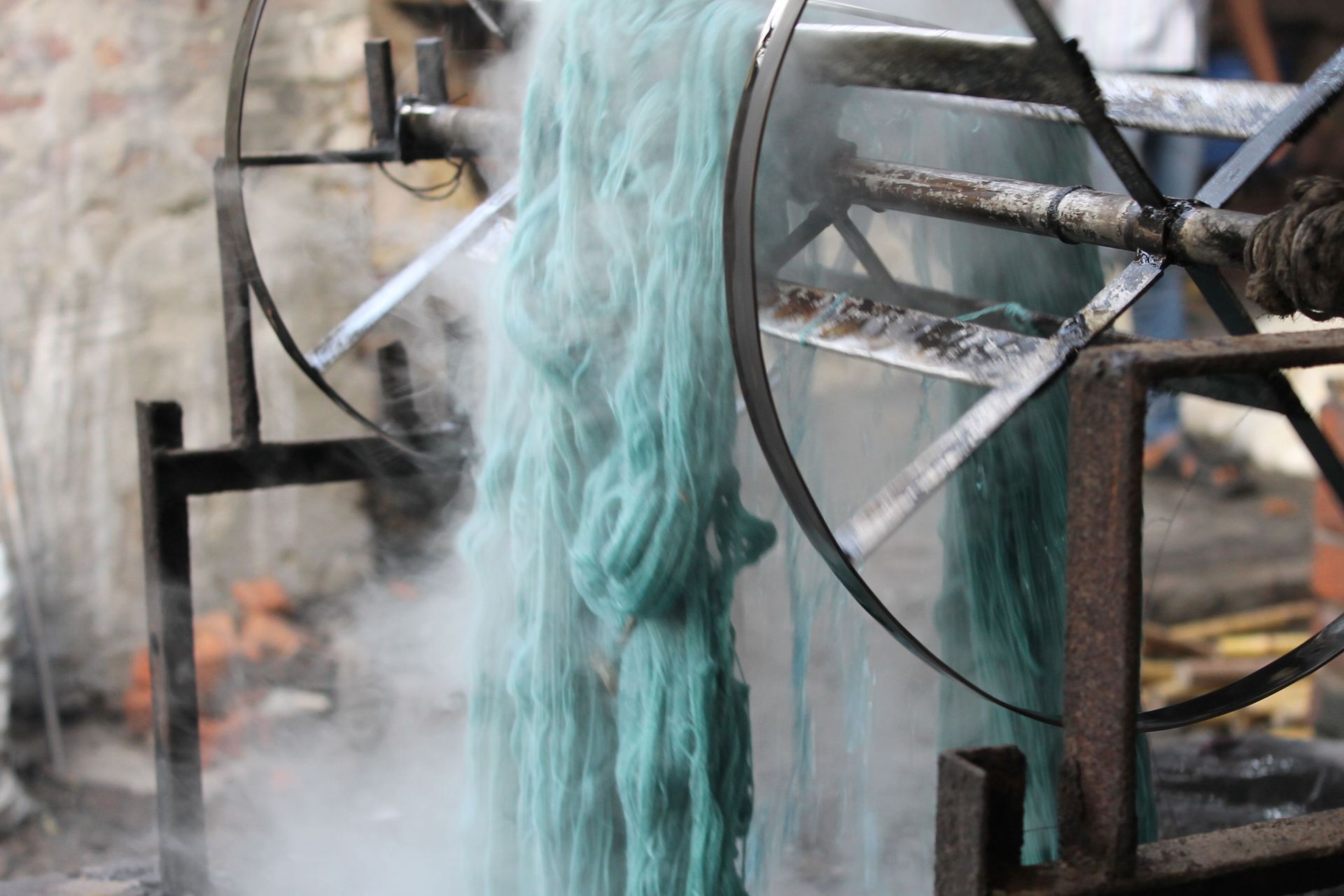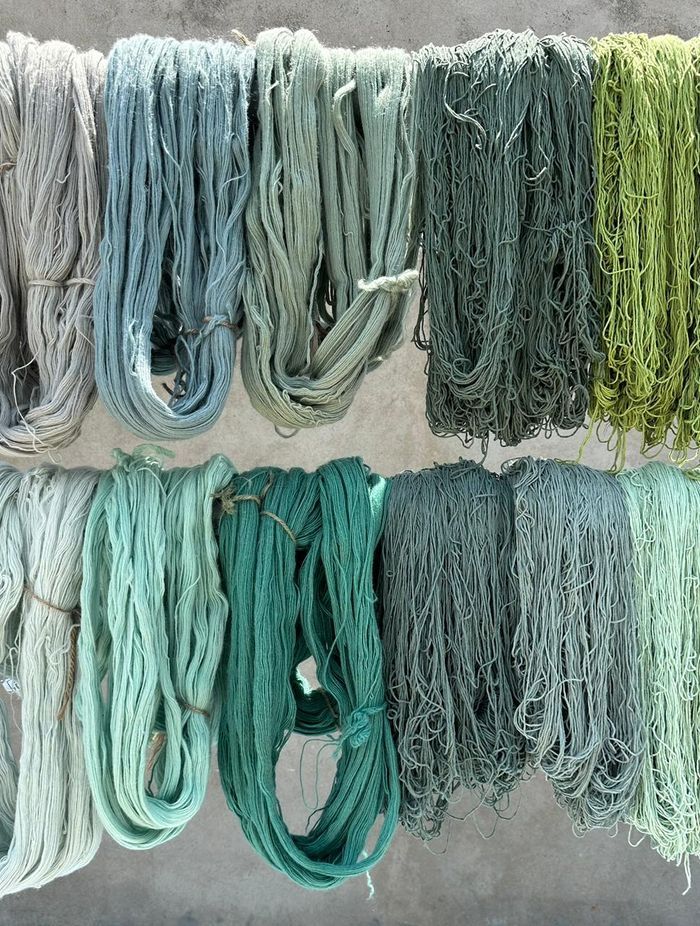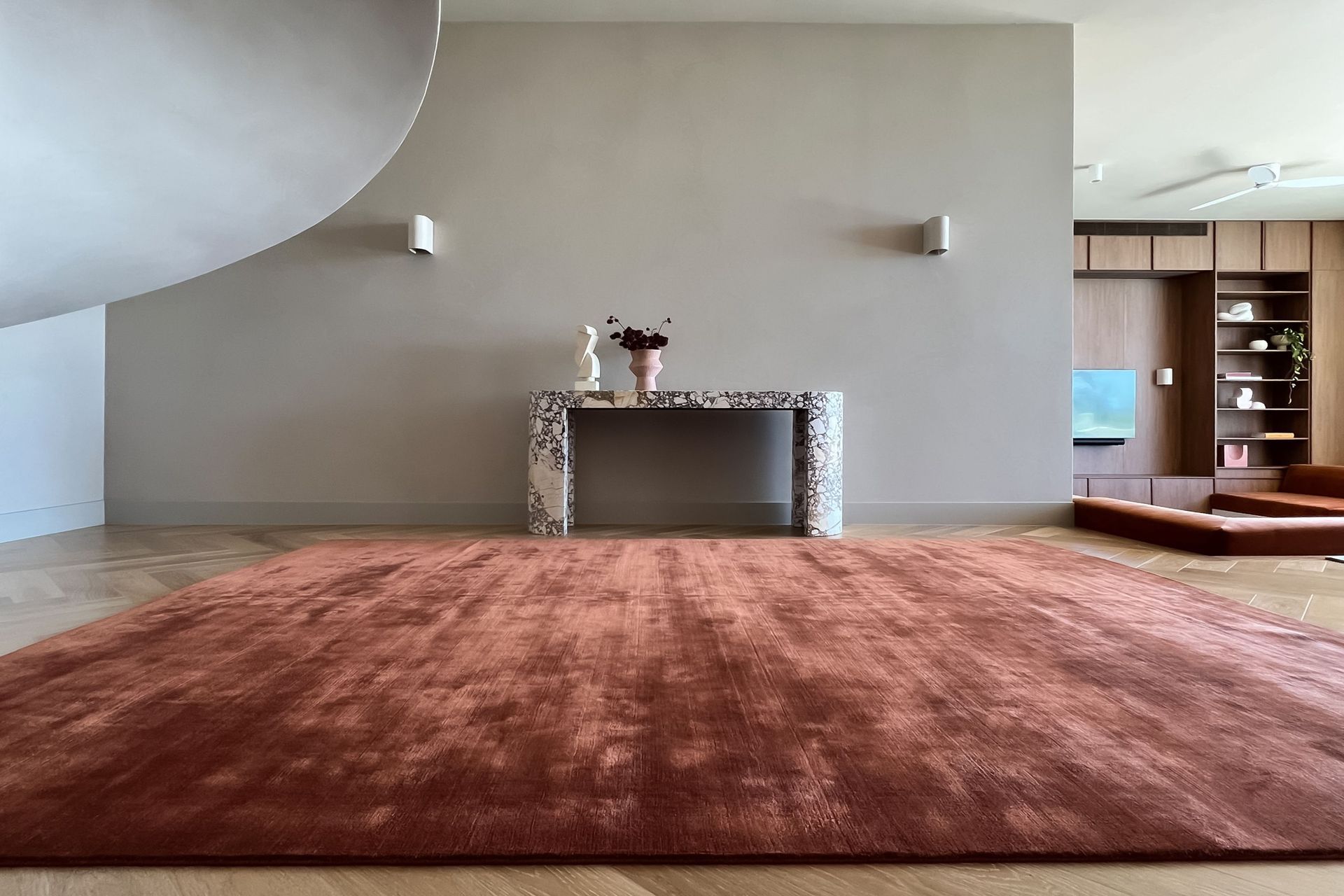Complete artisan rug customisation, refined over centuries
Written by
12 October 2023
•
4 min read

The story begins in 1556, when a 14-year-old boy became the third emperor of the Mughal Empire, and set his sights on consolidating the Indian subcontinent. Coveting the finest rugs for his Mughal palaces, the boy one day to be known as Akbar the Great sent for master Persian weavers to instruct his craftsmen, only for their caravan to be robbed and left destitute by bandits near Varanasi. Taken in and saved by Bhadohi villagers, the masters, in turn, repaid their saviours with an art form that, aided by Akbar’s assorted advances, would deliver Europe the finest rugs the continent had ever seen.
"We feature those rugs, further refined, exclusively today through The Rug Establishment," says Artisan Collective’s Greg McLeod, adding the alignment in values between the two businesses had made the collaboration common sense.


“Around two-thirds of our rugs are made by modern-day master artisans in the ‘village’ of Bhadohi, which is perhaps more aptly known as ‘Carpet City’ due to the success of the industry swelling the district’s population to 1.6 million people. Rug making has flourished, particularly since the 1880s, so that now almost all of those people are devoted to some component of the industry; everything is done by hand on a staggering scale."
The yarn spinning, carding and washing processes employ a large industry of cottage-based artisans, keeping the handmade art form as pure and traditional as possible. Yarn options are endless, and Greg says the fibre choice and techniques are dependent on the intended effect.

New Zealand wool is a luxurious renewable natural fibre used for its brightness and natural stain-resistant qualities; Argentinian wool retains a high lanolin content and beautiful natural colour variations creating abrash effects; mohair, from the fleece of Angora goats, is both durable and noted for its high lustre, softness and sheen; Chinese silk, the most-prized of all silks, is thin and soft yet strong with precise and symmetrical colours; Indian silk, a natural fibre produced from the cocoons of mulberry silkworm via a process call sericulture, is known for its sheen, lustre, water absorbency and dyeing affinity.


Greg says the same meticulous consideration that goes into each strand of every rug is applied when Artisan Collective consultants meet with customers looking for complete customisation.
“The role of a rug extends far beyond a mere floor covering; a well-chosen rug adds depth, warmth and character to a space, redefining its ambience and functionality. They anchor furniture, creating well-defined areas in open-concept layouts while providing comfort underfoot. There are so many considerations: what else is in the room? Is it in a high traffic area? Is it complimenting artwork? What is it sitting on? Is it texture or design they are looking for, or colour? Custom colouring through pulling shades from artwork or timber floors? Yarn composition? Size?”

Greg stresses rug design to be a personal, intimate mode of self-expression that, when paired with technical expertise and talent passed down through generations of talented Indian artisans, can both influence and inspire.
“Designing a rug involves a blend of artistic elements, including colours, patterns and motifs, all of which serve as powerful means of displaying aesthetic concepts, personal narratives, and cultural symbolism. Attention to detail and our ability to customise every facet transforms rugs into canvases of cultural expression and personal storytelling, transcending mere functionality to become cherished artefacts of art and culture.”

The Serenity Rug, which combines the spontaneity of watercolour as a medium with the more deliberate process of rug-making, is offered as an example of how order and chaos can be fused to truly unique effect.
“These two processes, when brought together, guide the eyes gently across the ripples and stipples of the soft tones as they merge within the rug. It’s akin to gazing at the tide lapping a beach, or the sunlight hitting a pond’s surface; it provides a Zen-like mood.”

In a time when mass production is placing unprecedented stress on the preservation of craftsmanship, heritage and the environment, the collaboration ensures continued commitment to reducing environmental footprints through product stewardship and waste minimisation. A “Crafted for Life” ethos aims to create products that last for a lifetime, safeguarding cultural identity by maintaining unique traditions and techniques to ensure the continuity of historical and artistic legacies.
Happily, Greg says traditional craftsmanship often results in higher-quality, sustainable and environmentally friendly products, offering economic opportunities to artisans.
“We also take into consideration how people actually live in the space to inform the best manufacturing technique, fibre choices, and designs to suit. Rug longevity means they stay in the home, not in landfill.”
Learn more about Artisan Collective